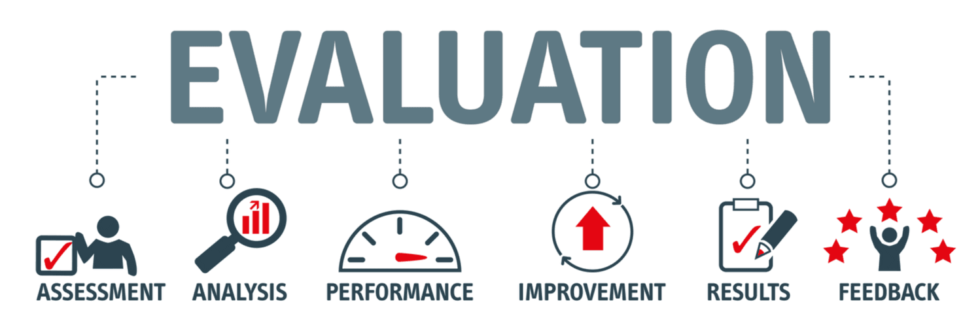Without question, one of the major draws of the Salesforce AppExchange product the Extensible Assessment Manager (ExAM) is the “Assess Anything” feature. Through it, you can hook any assessment up to a Salesforce object record. You can even use it to create new object records and map data into fields using the “field mapping” setting.
To understand what makes this tool so valuable and what it can do for you, it’s worth taking a step back to reflect on what makes Salesforce such a valuable platform. One of the most thoughtful, innovative, and convenient aspects of Salesforce is the pre-built object structure and the ease with which you can extend that structure, this helps you get to value quickly. For example, accounts (i.e., the organizations you work with) and contacts (i.e., the people you work with) are already available so that you can move forward and leverage them. Even better – if those contacts and accounts are associated to a “building”, you can add that “building” concept. The ability to add new “custom” objects in Salesforce and construct an informational environment that meets your needs is part of the massive value play.
Bearing that in mind, as we developed ExAM’s suite of data collection tools, we focused on ensuring customers could easily gather, contextualize, and act on information. This could be as simple as collecting information in the context of an account. In fact, much of the customer satisfaction information we collect through follow-up surveys is account-based. This enables us to aggregate data across accounts for a high-level overview of our performance, while zeroing in on specific customer feedback, for a more granular perspective.
Tying information back to any standard object record allows you to gather data across key areas, such as:
- Cases: How did we do in resolving a particular case?
- Products: Do product users like our new interface?
- Accounts: How do business representatives feel after their latest interaction with us?
In turn, you can easily respond to the need for aggregate data and insights (as follows):
- Cases: Did we resolve cases effectively?
- Products: Did our product users like our customer service?
- Accounts: On average, how do businesses feel about their interactions with us?
Of course, the same process can be followed to support your own apps or specific ExAM use cases, like compliance:
- Building: How closely does this building adhere to code?
- Application: What information do we require to process this application?
- Survey participant: What demographic information do we have on this participant?
As above, you can easily respond to the need for aggregate data and insights (as follows):
- Building: How closely does our building adhere to code?
- Application: What percentage of applicants make less than $30k per year?
- Survey participant: How many survey participants identify as White?
What does this mean for you?
To use ExAM most effectively and gain valuable insights, you should connect it to the objects that you want to gather information on. As long as your organization permits it, you can do this via ExAM Configuration. If you don’t see this tab in the ExAM App, it’s likely that you don’t have the permission required (so you should ask your Salesforce administrator to help you make this connection).
Once you’re connected, you can use the distribution tab inside the Command Console to input what you will be assessing and establish the context for every piece of data you collect. Here, you can choose to assess existing records or have ExAM create new ones. This is particularly useful for ExAM forms that facilitate web-to-case or web-to-lead, or complex tasks like pre-inspection checklists and accepting applications for loan processing systems.
The key takeaway: “Assess Anything” ensures that every piece of data you collect is meaningful because it is contextualized. This is as much a philosophical approach as a technical one. We recognize that accurate information and sound decision-making require framing. Only then can we help our customers to build better decision support solutions, compliance solutions, and, in general, realize the promise that better data truly does result in a better Cloud.




